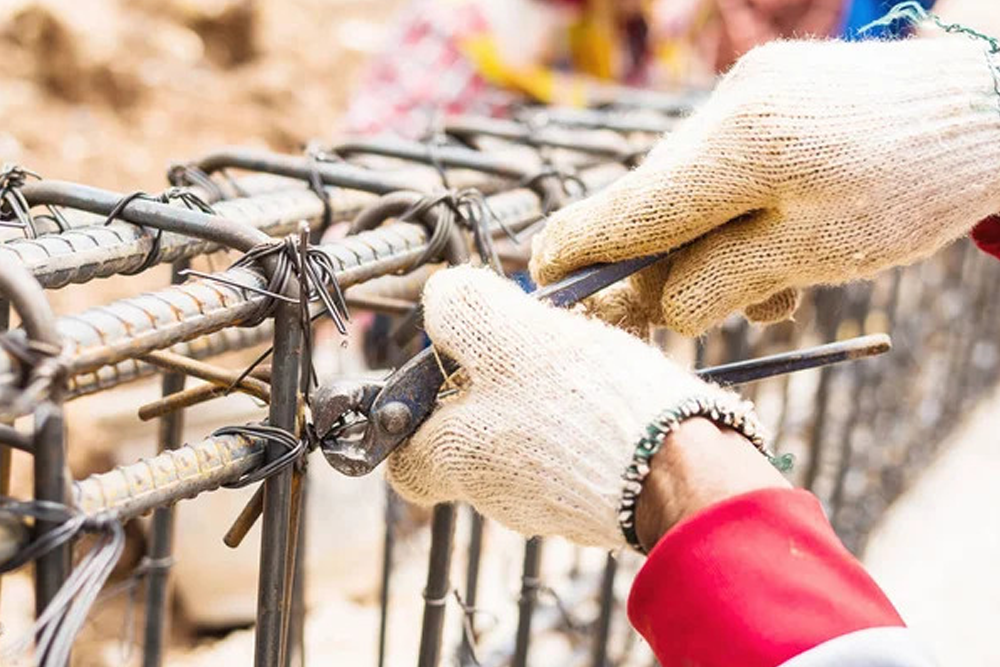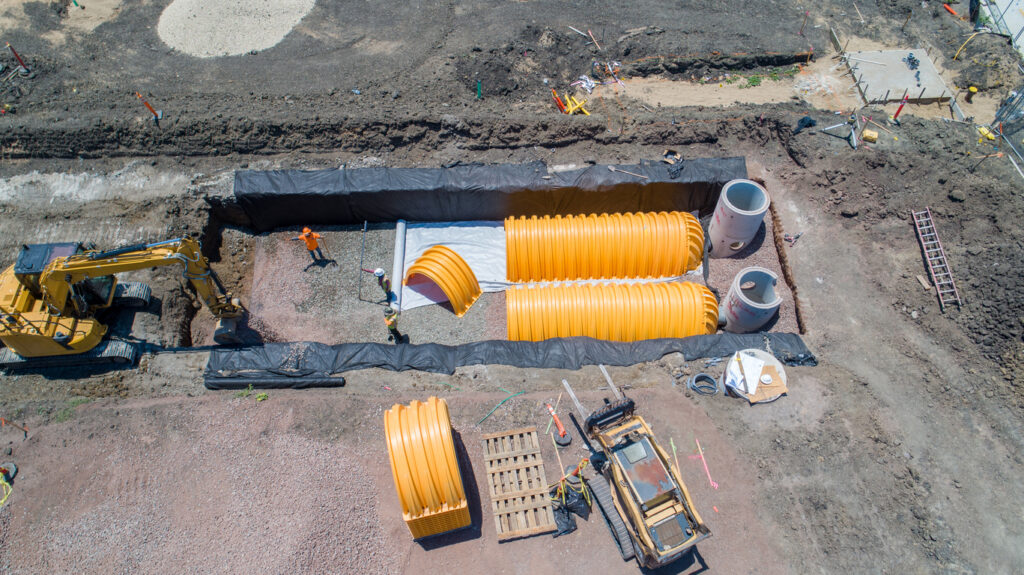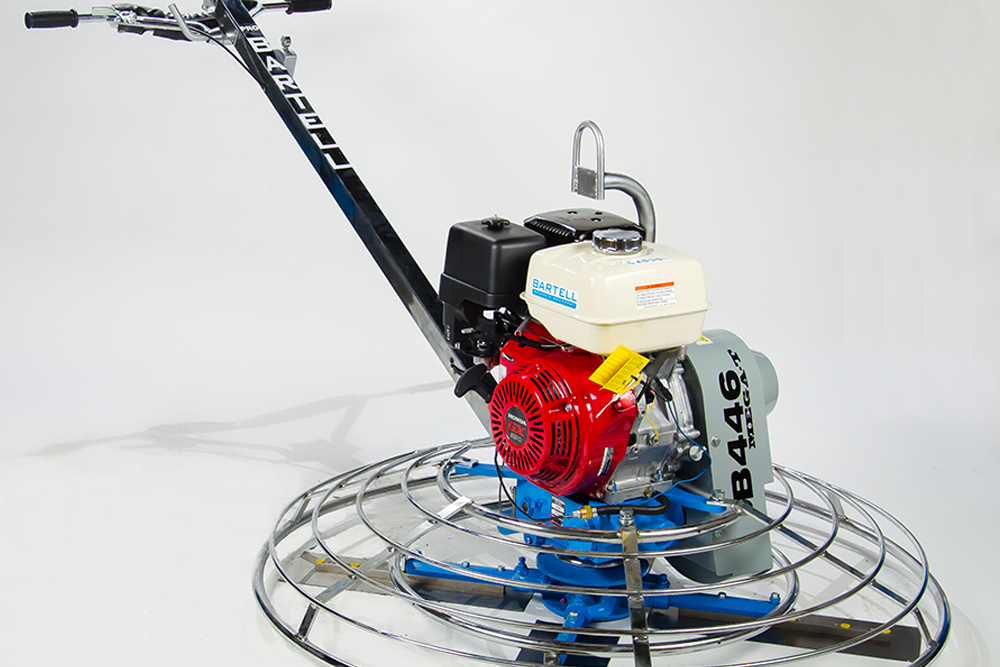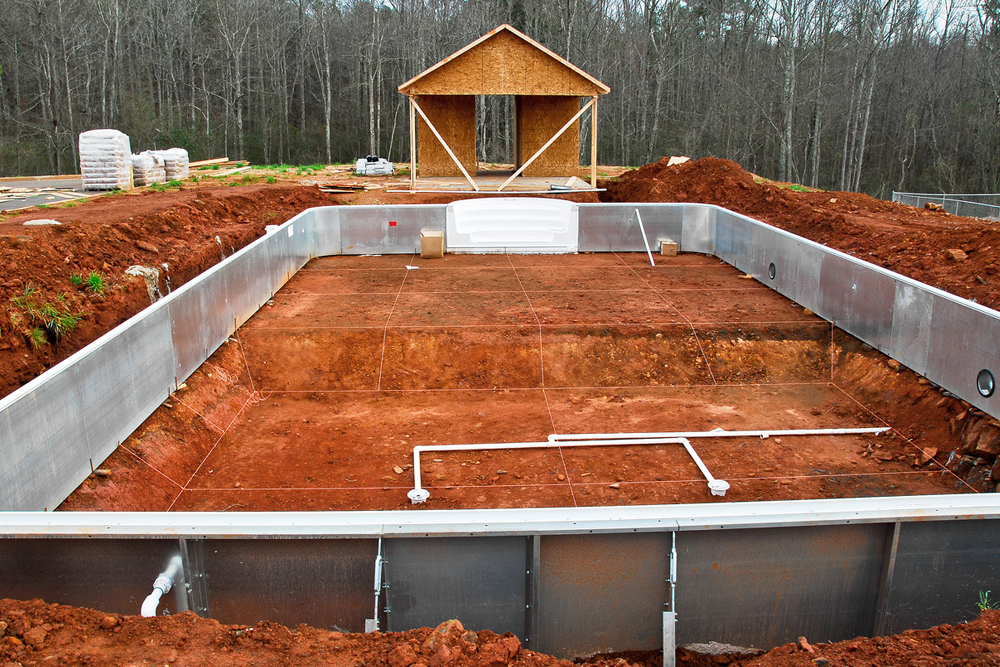Ready-Mixed Vs. Site-Mixed Concrete: What’s The Difference?
One of the most widely-used construction materials, concrete is made out of aggregates, water, and cement. Concrete is mainly available in two types: ready-mixed concrete and site-mixed concrete. It is important that you select the right type for your construction project as both have their own advantages and disadvantages.
Ready-mixed concrete is batched in a off-site plant, after which it is delivered to a construction site while in a still malleable (wet) state. This type of concrete is usually sold by volume, by the cubic yard. Unsure how much you need, use our Concrete Calculator.
Site-mixed concrete, meanwhile, is volumetric concrete that is mixed as-needed at the construction site itself. Its components are mixed in precise ratios depending on what the project requires and the desired strength of the concrete. This method of mixing requires technical know-how to determine the exact weight of materials and steps needed for the concrete to attain its desired consistency.
Time
Ready-mixed concrete is often delivered ready-to-use. It is thus the less time-consuming choice for construction projects. However, traffic certainly can impact delivery timing. Site-mixed concrete, however, takes a longer time to obtain, as the process to it needs to be properly batched and mixed. There is also additional set-up and shut down timing that must be built into each day’s operations for site-mixed concrete.
Equipment
Given that ready-mixed concrete is prepared off-site, no batching equipment is necessary at the construction site. For site-mixed concrete, you will require a weight-batch mixer to manufacture the concrete on the site itself. For this reason, you will also not require storage space for ready-mixed concrete, whereas site-mixed concrete utilizes equipment and materials that often necessitates the need for storage.
Distribution
Once ready-mixed concrete has been prepared, it can be delivered to multiple sites in a single project. For site-mixed concrete, either a bucket crane or captive truck is used to deliver concrete from the site of batching to the pouring site.
Batch Size
Large amounts of ready-mixed concrete can be prepared for use while mixing large batches of site-mixed concrete can be difficult. Smaller batches can be more cost-effectively prepared via site mixing because there is no delivery charges.
Quality
Thanks to an automated manufacturing environment, ready-mixed concrete is often consistent in quality. Similar quality can also be attained with site-mixed concrete, although continuous supervision will be necessary to maintain consistency among batches. Setting time and final strength may also vary if an inconsistency is present.
Work Force
For ready-mixed concrete, skilled labor will only be required to pour, compact, and finish the concrete. Site-mixed concrete requires more advanced labor and man-hours to prepare the concrete at the construction site in addition to those pouring and finishing the concrete.
Site Location
It is recommended that ready-mixed concrete be transported to the construction site as soon as it is produced, ideally within an hour window. If the batching site is located far away from the construction site, you will need to add retardants or other admixtures to the site to prevent premature setting. This results in higher mix and transportation costs as well as concerns about quality. For site-mixed concrete, however, you will just need transportation to bring the materials and mixing equipment to the site.
Which is Best?
While ready-mixed concrete is often preferred because of its consistency and convenience, the best type of concrete for your project depends on a number of variables, such as location. Ready-mixed concrete is also the best choice for larger projects, while site-mixed is preferred projects with ample space and limited mix design complexity.

Ready Mix Field OperationsRoger Ledsome
Latest News

6 Must-Have Concrete Reinforcing Accessories
In construction, boosting and guaranteeing the strength and durability of concrete structures are always a plus. This is where concrete […]

Stormwater’s Buried Structural Plastic Problem
One of the most common solutions to stormwater challenges is big chambers or vaults to hold water. That is when […]

6 Concrete Finishing Tools You Will Need
Getting a smooth, polished, and professional finish on concrete surfaces requires the right set of concrete finishing tools. These tools […]

The Art Of Formwork: Exploring Essential Concrete Form Accessories
Formwork is the unsung hero of concrete construction. It provides the mold that shapes wet concrete into its desired form. […]
